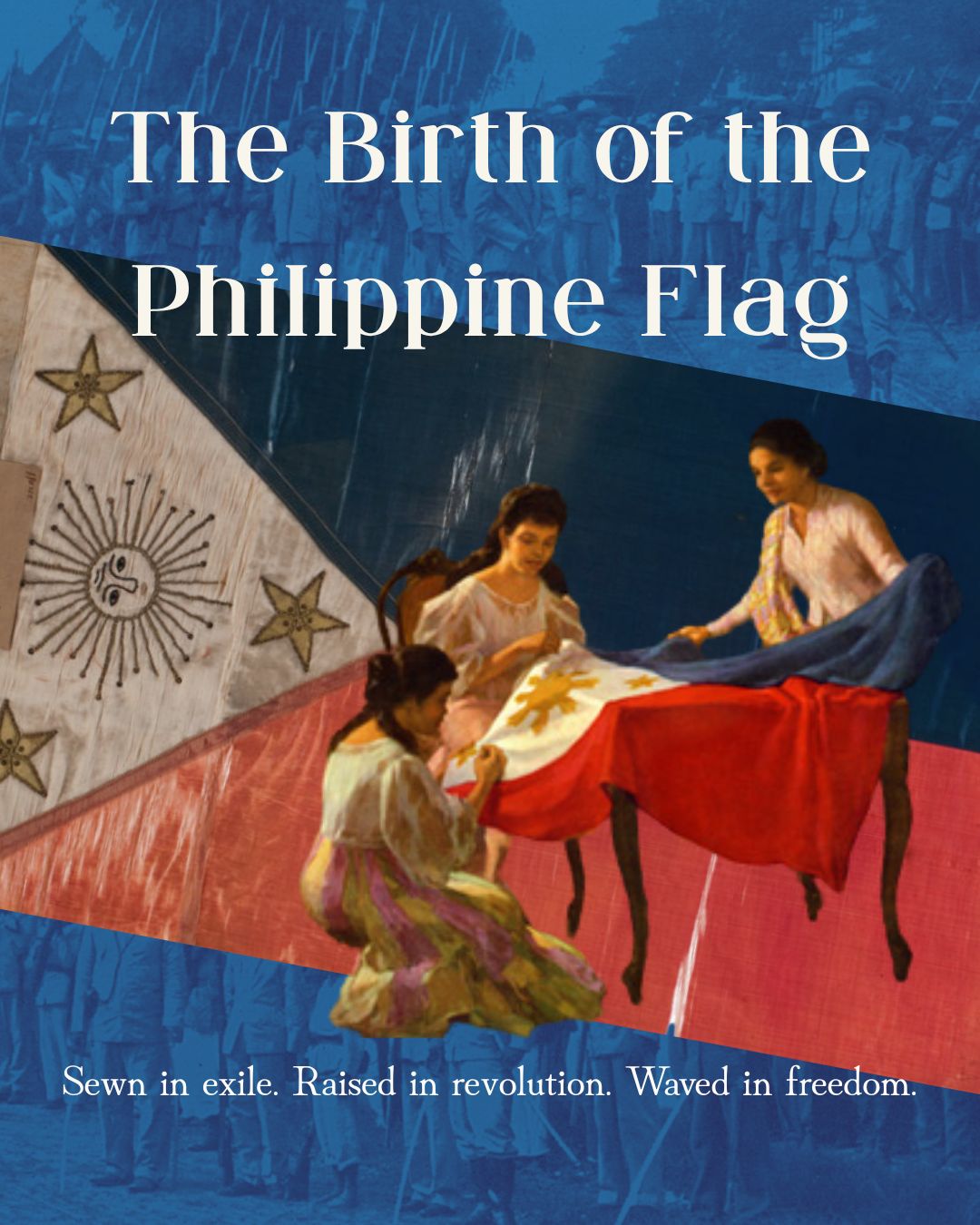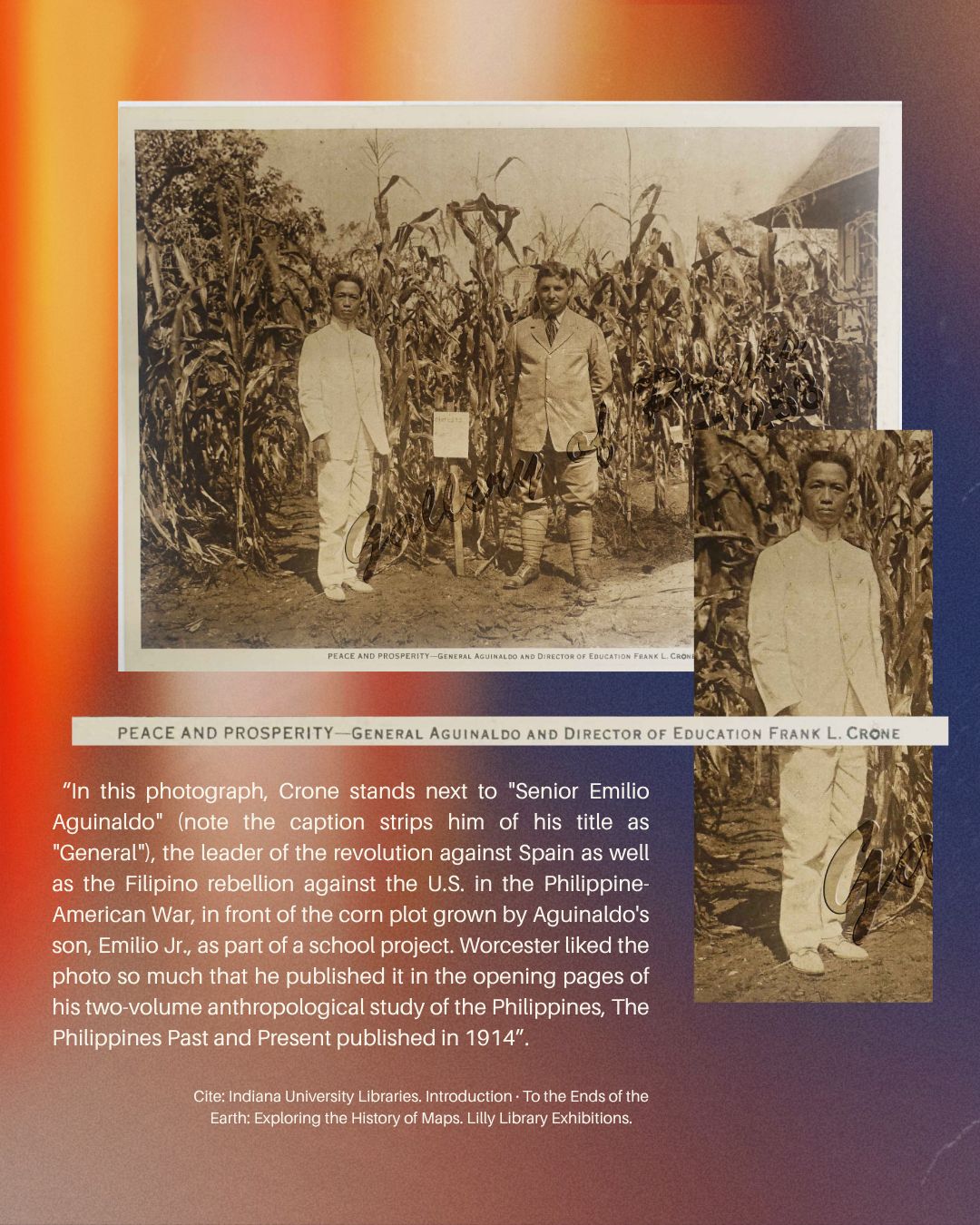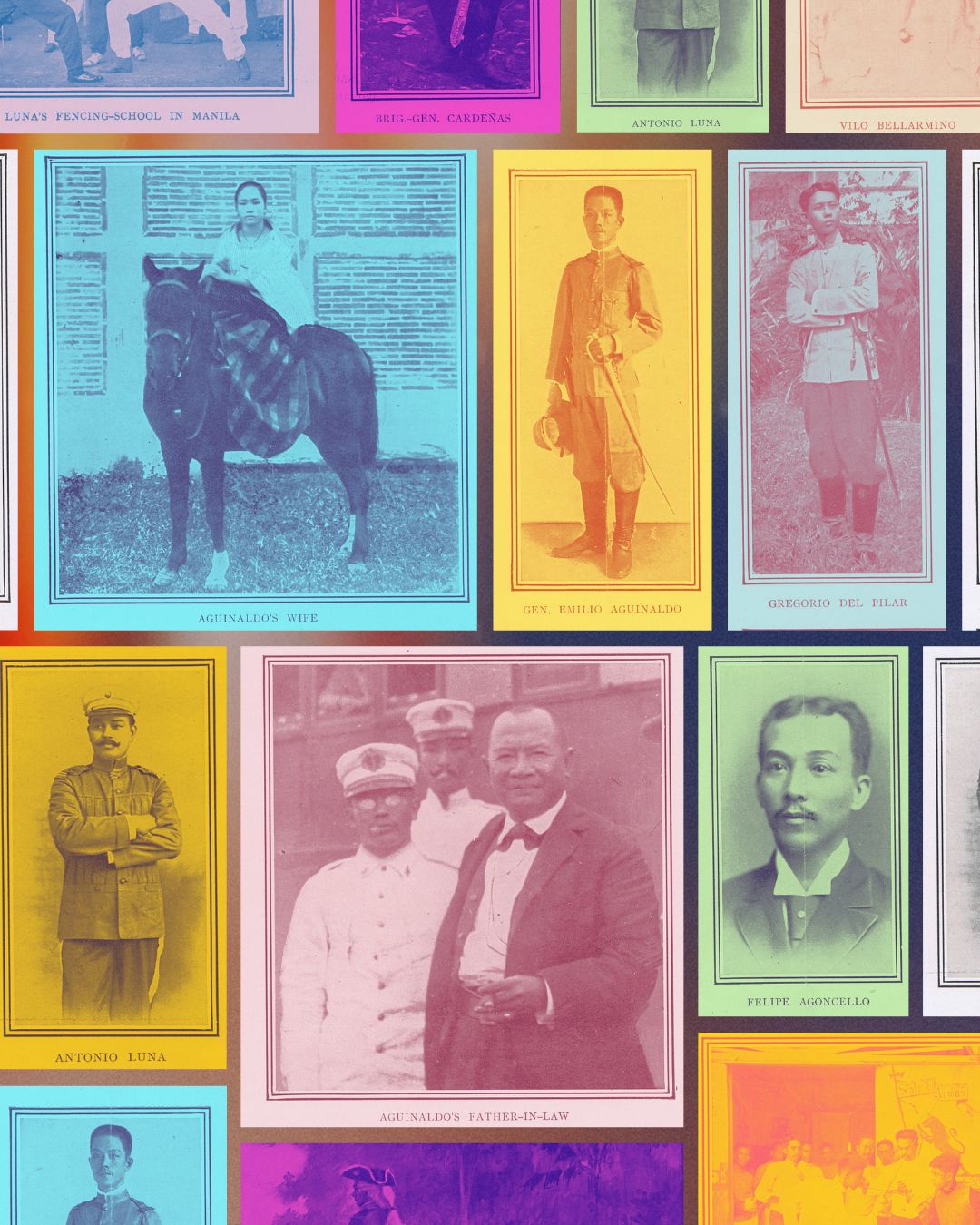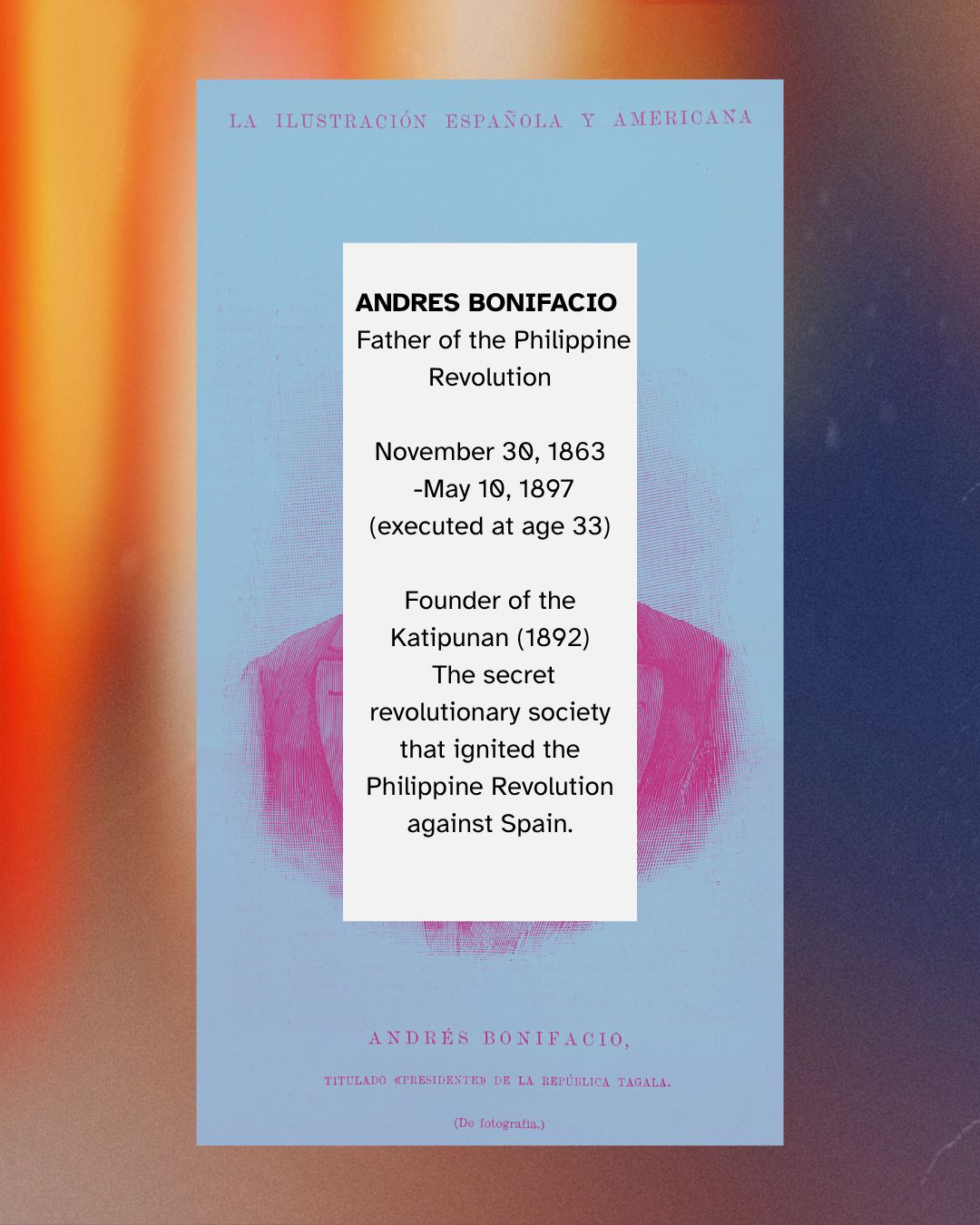The Birth of the Philippine Flag: A Symbol of Revolution and Nationhood
The Philippine flag, a powerful emblem of independence and identity, was born out of exile and revolution. As Emilio Aguinaldo prepared to return to the Philippines from Hong Kong during the final stages of the fight against Spanish colonial rule, he commissioned a national flag that would represent the aspirations of the Filipino people. The flag was meticulously sewn by Marcela Agoncillo, with the help of her daughter Lorenza and Delfina Herbosa Natividad (a niece of José Rizal), in Hong Kong in 1897 during Aguinaldo’s exile. It took them five days to complete the flag by hand, made from fine silk and inspired by revolutionary ideals.
On June 12, 1898, the flag was officially unfurled from the window of Aguinaldo’s home in Kawit, Cavite, during the proclamation of Philippine independence. It was the first public appearance of the flag, accompanied by the playing of Marcha Filipina Magdalo (a precursor to the national anthem). This historic home, now preserved as the Aguinaldo Shrine, remains a pilgrimage site for Filipinos every Independence Day.
Though the flag was first revealed in Kawit, it was first hoisted in battle earlier on May 28, 1898, in Alapan, Imus, Cavite, after a victorious skirmish against Spanish forces. This date is now commemorated as National Flag Day, beginning a period during which Filipinos are encouraged to display the flag in homes, schools, and offices until June 12.
The design of the Philippine flag is rich in symbolism: a horizontal bicolor of royal blue and crimson red, with a white equilateral triangle at the hoist. Inside the triangle sits a golden sun with eight rays each ray representing one of the first eight provinces that revolted against Spain. Three five-pointed stars occupy each corner of the triangle, symbolizing the archipelago’s three major island groups: Luzon, Visayas, and Mindanao. When the nation is at war, the flag is flown with the red field on top.
More than just cloth, the Philippine flag stands as a monument to unity, struggle, and the enduring hope for a just and sovereign nation.




